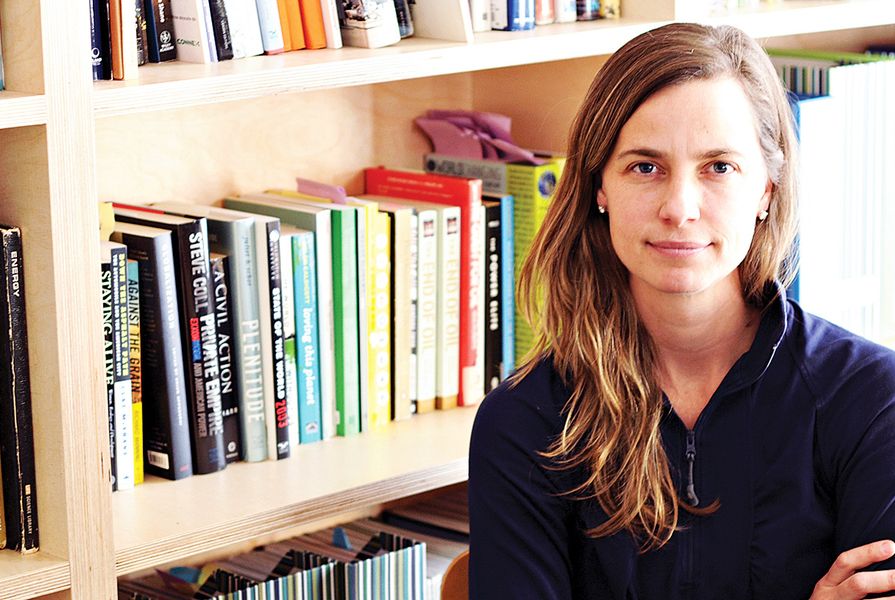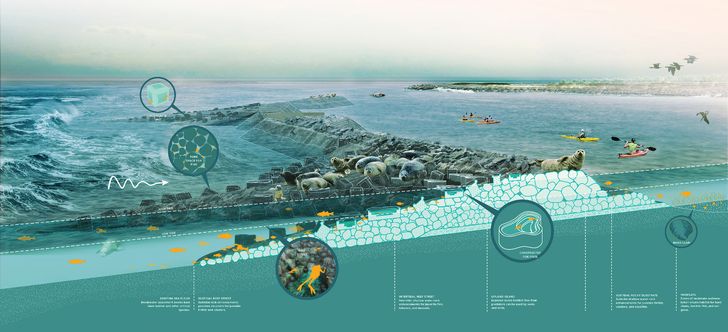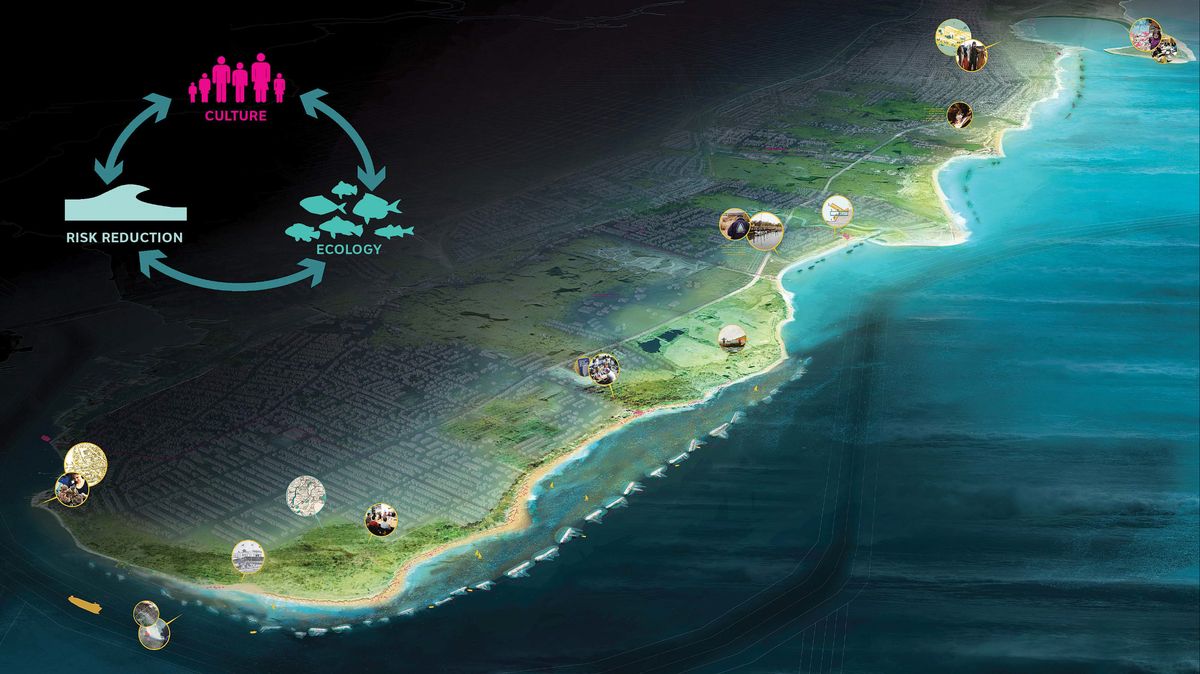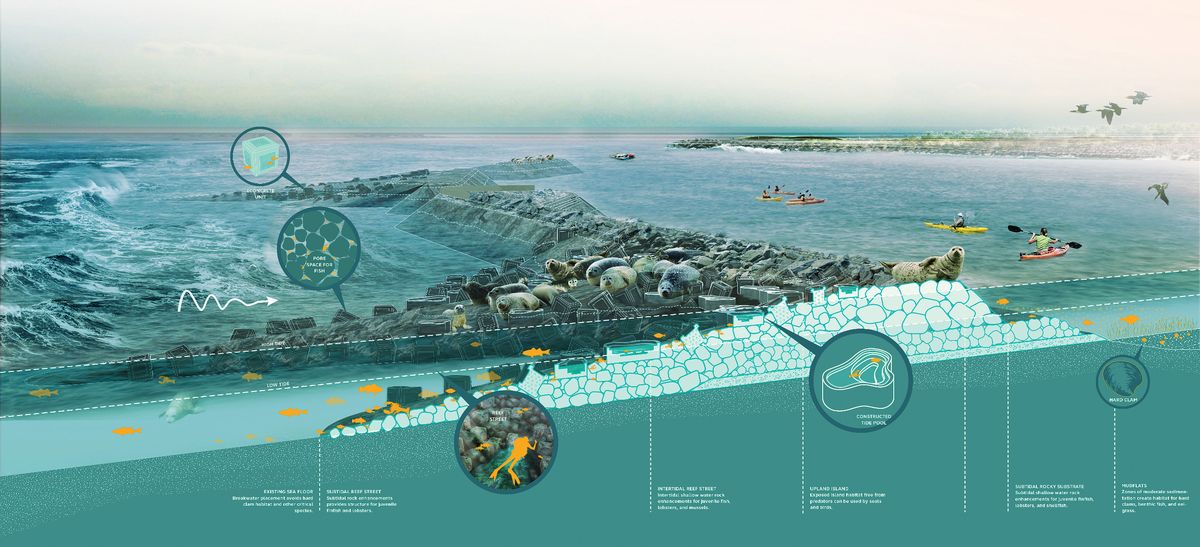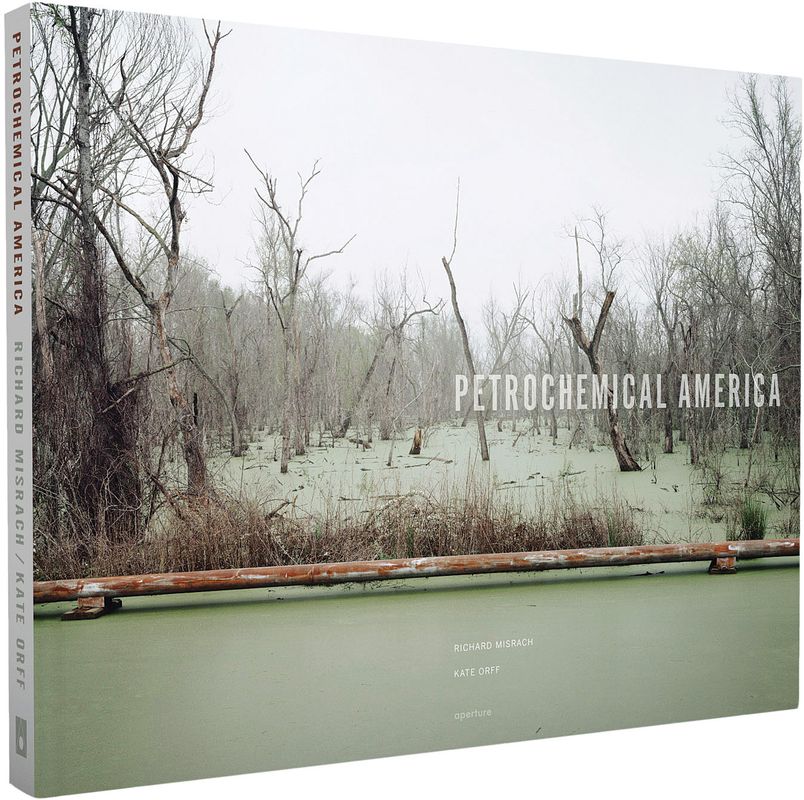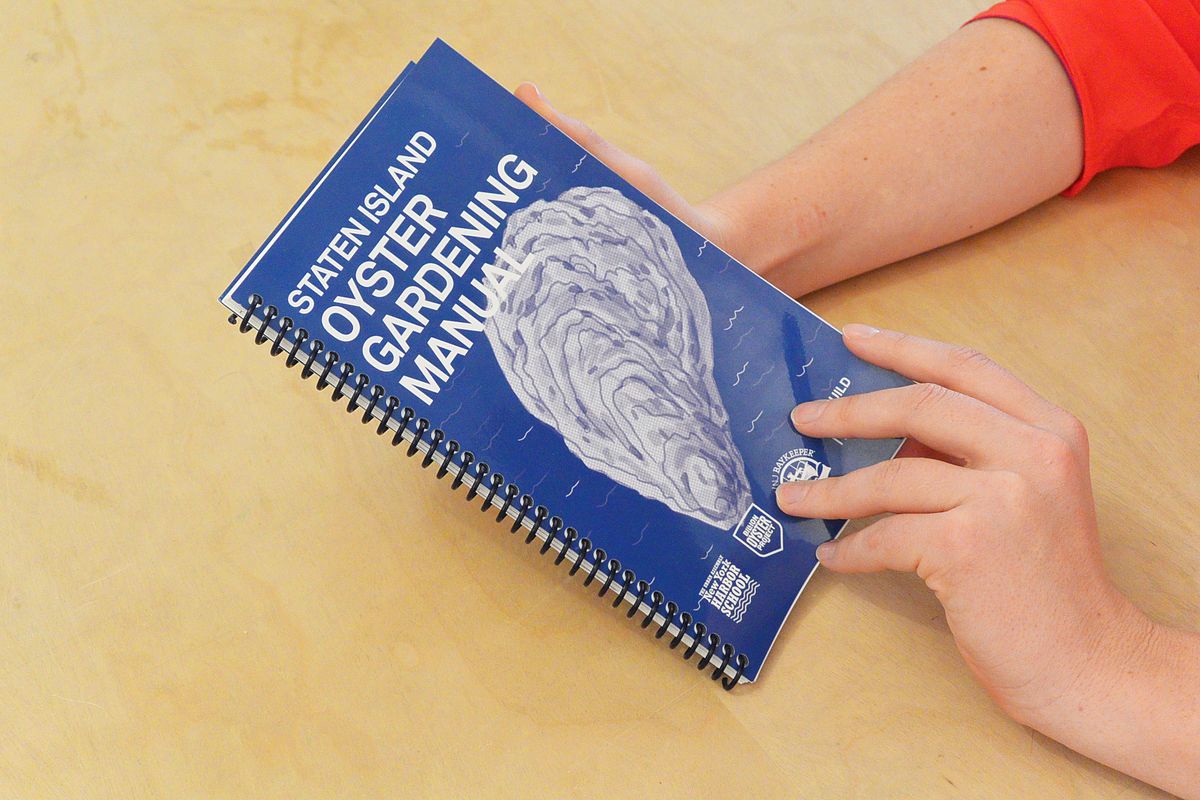Claire Martin: You refer to Scape Studio as “our project.” I wonder if you could talk about Scape Studio as a project in itself?
Kate Orff: The Scape practice brings together research and translates that research into action. It was founded on beliefs rather than on the idea of landscape architecture as a service-based profession, particularly my belief that landscape architecture can lead to very effective action and can organize communities around the scale of landscape. So that’s the project – a vision about the role of landscape relative to bigger issues.
CM: Is that what prompted you to found the studio, there being a gap in terms of that way of thinking, at least that way of practising?
KO: The motivation to found the studio was part of a struggle to be efficacious. As an undergraduate I wrote a thesis on ecology and feminism, research on activists around the globe, women who were making change in the environment. I then went to Harvard and did a thesis with Rem Koolhaas on the Pearl River Delta and the urbanization of South China through the lens of landscape. Being then spat out into the world, there’s this sense of how do you engage, how do you begin? Being a critic didn’t appeal to me. Just being a practitioner responding to people’s briefs wasn’t quite right either. So I tried to bring it all together – ecology, activism, art and practice. That’s why I founded Scape Studio, because I couldn’t figure out how to plug into the world – how to both be in the world and be slightly to the side of it.
CM: I read a tweet you posted the other day about the Association of Collegiate Schools of Architecture’s (ACSA) survey “Where are the Women? Measuring Progress on Gender in Architecture.” Can you comment about progress and women in landscape architecture?
KO: That’s something I’d like to think about more, even the way you phrased the question: women in landscape architecture. There have been many women who were very effective in landscape gardening, women such as Beatrix Farrand and many others throughout history, in the English garden tradition and in the US, but I think for me feminism is what’s missing. The way I am trying to practise is feminist in the sense of bringing people together, trying to advance ideas of justice and equity. My Petrochemical America book with Richard Misrach is about environmental justice issues.
I am sure some of the statistics in the ACSA report would be mirrored in landscape architecture. We know that it’s often an issue of power and of the way people have to live their lives. For example, if you are in finance you can often be incredibly effective when you are twenty-eight or twenty-nine, but in landscape you are still learning things and you really hit your stride at about forty. It takes that much time to accumulate project and field experience, and that coincides with raising children. It’s just a difficult learning curve when you place it against the reality of being an active practitioner. Feminist design, trying to transform practices, is part of what I want to bring with Scape, not just accepting the questions and providing answers, but asking what new things we need to start thinking about.
The Living Breakwaters project by Scape was created for the Rebuild by Design competition.
Image: Courtesy of Scape
CM: We’re here at Columbia University’s Graduate School of Architecture, Planning and Preservation (GSAPP). I wonder if we might discuss your role in the applied research group Urban Landscape Lab and its significance in terms of your practice?
KO: Columbia does not have a department of landscape architecture and while you might think that would be a liability, I have found it very energizing. It means I have to constantly reinforce the why of landscape and the where . Being here has been very instructive for me; it’s less about having your office and closing the door and thinking hard about one thing and more about this broader level of the role of landscape in thinking about the urban. The Earth Institute is here at Columbia and I have been interested in questioning thinking about design practices and methods, and applied science, and bringing those two things together. So that has been great. But in general I teach studios in urban design and architecture, always from a landscape and infrastructure perspective.
CM: According to scientist Elizabeth Kolbert, author of The Sixth Extinction: An Unnatural History , one of the things that make humans quite possibly unique in evolutionary history is that we have driven so many species extinct. Can you talk about the contextualization of your practice in the Anthropocene period and what we can learn from our environments to move beyond resilience?
KO: It’s a great question – the Kolbert quote is illuminating. I don’t think there is any doubt that our survival has been at the expense of other species rather than cohabiting. I am writing a book right now and one of the chapters is called “Co-Habitat.” You can’t gloss over the omnivorous relationship that humans have with their environs. One of the examples that I bring up in this new book is the horseshoe crab. It’s an organism that existed in the Pleistocene Epoch and it has survived mass extinctions before. Horseshoe crab numbers have dropped incredibly fast. They’ve been harvested, they’ve been fished for their blood and their habitat has been largely erased. They need a very shallow topography, a 2 percent slope, so they can crawl up. Changing all our shallow waterway landscapes to vertical bulkhead walls means there aren’t any places for the horseshoe crabs to lay eggs. This species has survived mass extinction events before, but now the combination of habitat loss, pollution → and overfishing is decimating them, which doesn’t make me feel very positive about more vulnerable species such as warblers. One of the things I’ve been trying to encourage is the notion that as a landscape architect you can play a role via design in creating “co-habitat” conditions where communities can coexist without complete obliteration of species. I go ahead knowing that that is slightly naive but also knowing that not thinking that would be too depressing to contemplate.
It seems increasingly apparent that there are certain scales of change. For example, warblers include birds that migrate from South America to the north. Even if you were to do everything right within the confines of your own bioregion, these species cross borders, so issues of climate change, water quality, carbon pollution and habitat are vast questions. That’s one of the reasons why in my own work I do projects, but then also write books and give talks, which is a way of trying to engage with issues that are exceedingly intractable and beyond the reach of landscape.
CM: Do you see advocacy as a big part of your role as a designer?
KO: I see advocacy as a bridge. Sometimes disciplines can be very “jargonistic” and one of my goals is to be more of a bridge person, bringing landscape concepts to a wider public audience. The other strategy is to create tools for others. For example, we worked with the New York City Audubon Society on the Bird-Safe Building Guidelines . At one point I was collecting dead birds at the base of glass buildings and thought, well, this really isn’t the best use of my time as a designer. I should be looking at the roots of this problem. So we did Bird-Safe Building Guidelines and, through the Staten Island Billion Oyster Project, the Oyster Gardening Manual . Part of what I’ve tried to do is to make tools for others to make change and that scales up.
CM: Evidence-based design approaches suggest that direct or indirect experiences of nature increase empathy. Could you talk about the ecological and cultural potential of landscape to inspire and connect us, not just with our environments, but with each other?
KO: I like the word empathy. Insights that have come from the Oyster-tecture creative collaboration are very much about this community near the Gowanus Canal and Red Hook and about a landscape, in this case bringing back a landscape or creating a new landscape in the form of a projective way of retaining the oyster reef. That project is as much about bringing the community together for a common purpose and a creative, productive goal, generating resiliency as a result, as it is about the landscape as a physical place. I guess I see them as very connected in terms of the physical landscape helping to beget a stewardship-minded community and vice versa; they feed each other.
CM: I think an understanding of the value of culture in our approach to environmental sustainability has been lacking.
KO: I completely agree. In the early days we were focused on LEED, which is important because it is a standardization of product, but in a way it’s still about products. Another concept is that landscape can be generative of community forms. In Staten Island we are doing a rebuild project called Living Breakwaters, where lots of different groups are doing different things. There’s a group of science teachers who want to transform the curriculum; there’s a group of kayakers, a group of fishermen and a group of clam fishermen. What is exciting to me is that these individual groups have all been meeting, that our project Living Breakwaters is a landscape form that enables these groups to understand what they have in common and to come together around the stewardship of this resiliency infrastructure. In and of itself landscape can be provoking, bringing together communities.
CM: So I guess that’s what you refer to as public infrastructures?
KO: Yes. Projects are typically split between capital infrastructure and maintenance; the maintenance goes out and then there’s just capital. So many of the things that we are doing are potentially unfunded. There isn’t really a structure, an economic structure or a client structure, that has evolved to support this kind of enquiry. I think it’s important to try to advance that in landscape, to ask how we can modify and refine these methodologies to essentially build projects – not just physical places, but constituencies.
Source
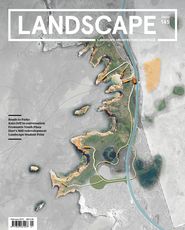
Practice
Published online: 4 May 2016
Words:
Claire Martin
Images:
Courtesy of Scape
Issue
Landscape Architecture Australia, February 2015

